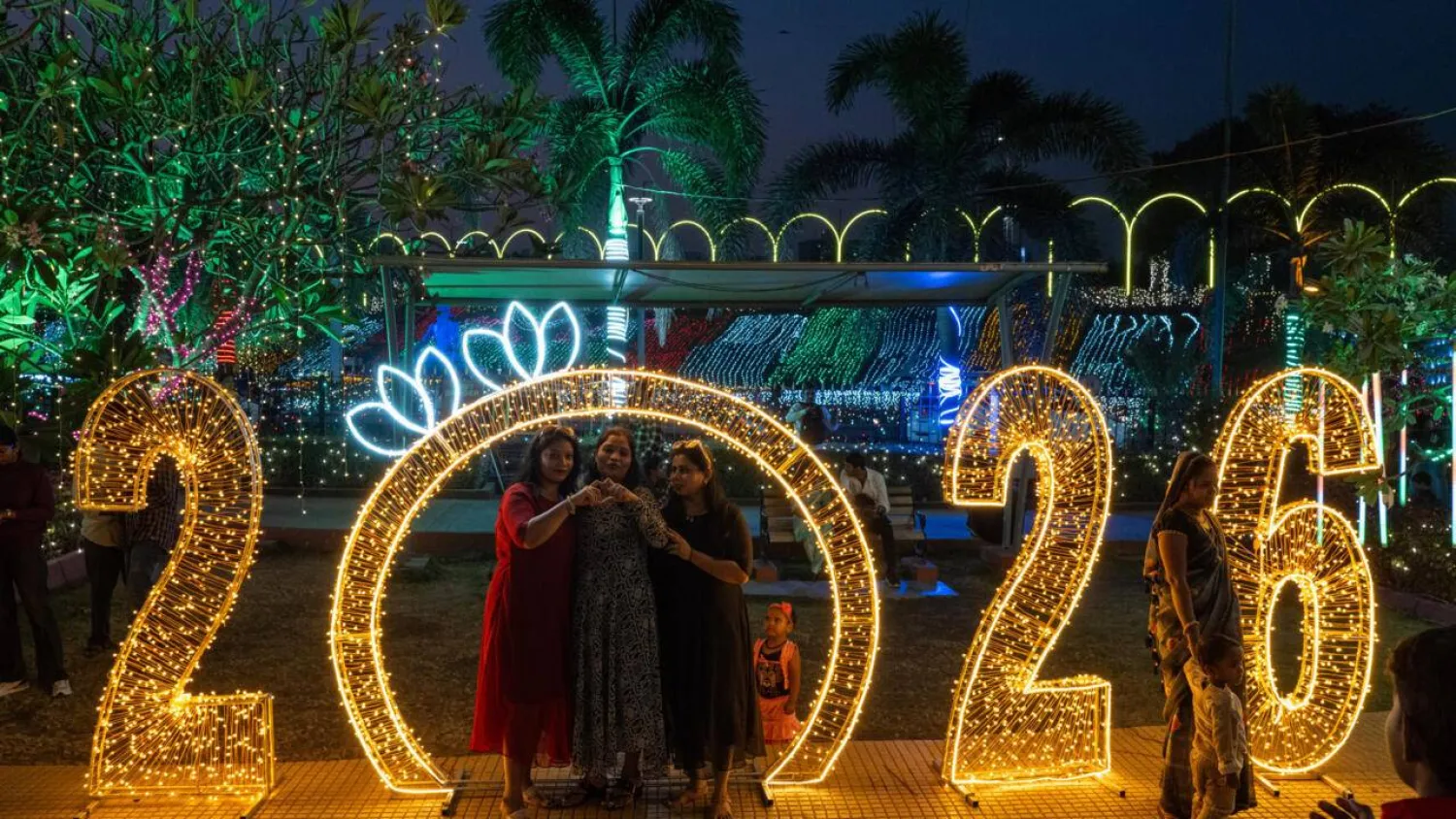Abdulsalam Al Murshidi, the executive president of the largest sovereign wealth fund of the Sultanate of Oman, has affirmed that economic ties between Oman and Saudi Arabia have taken great strides towards integration and strengthening the partnership between the two countries.
“What happened during the past two years, specifically after the visit of Sultan Haitham bin Tariq to the Kingdom, exceeded what had happened during the past two decades,” said Murshidi in an interview with Asharq Al-Awsat from his office in Muscat.
Murshidi confirmed that large projects linking Oman and Saudi Arabia will be announced in the future.
Moreover, the Omani official revealed that the Saudi Public Investment Fund, by orders of Saudi Crown Prince Mohammed bin Salman, has allocated $5 billion to establish a company in the Sultanate.
“We started looking for investment opportunities that the company could enter into,” said Murshidi, disclosing that an attaché was appointed to the Investment Authority at the Omani Embassy in Riyadh.
A few days ago, during a budget presentation, Murshidi revealed that the Omani Investment Authority aims during 2023 to spend OMR 1.9 billion ($4.95 billion) in investment projects.
“Proceeding with Oman Vision 2040, one of the most important axes of which is economic diversification, is not done by completely dispensing with the oil and gas sector, but rather by investing in other sectors,” said Murshidi.
Oman Vision 2040 has identified five main sectors to invest in, namely: tourism, logistics, industry, mining, and food.
Nevertheless, Oman is aware of opportunities found in other sectors as well.
“Whenever there are new changes in global trends, we will direct the investment compass to them, including the possible sectors, which are the information technology, digital economy, and financial sectors,” explained Murshidi.
When asked about how Oman’s investments will be financed, Murshidi said: “Investment spending in 2023 will be carried out through financing institutions, partnerships with the local and foreign private sectors, and the country’s investment agency and its subsidiaries.”
Murshidi noted that Oman seeks to reduce the total debt of its investment authority subsidiaries during the next five years.
As for evaluating Saudi investment in the Sultanate, especially after the establishment of the Saudi-Omani Coordination Council, Murshidi said: “Creating the Council resulted in a number of projects, and we had the honor to be the point of contact with the relevant authorities in Saudi Arabia.”
The Omanis have been working with Saudi Arabia’s Public Investment Fund and the Saudi Arabian General Investment Authority (SAGIA). They have also worked with several other companies such as SABIC and Naqua.
Oman's state-owned Asyad Group and Saudi Arabia’s shipping giant, Bahri, have signed a deal for maritime transportation.
Regarding the Saudi Crown Prince’s orders to establish a $5 billion company in Oman, Murshidi said: “We are currently conducting the procedures for registering the company, renting offices, and hiring employees.”
“We have also begun to search for investment opportunities that the company can access,” added Murshidi.
“We, in cooperation with the Foreign Ministry, assigned one of our employees to work as an investment attaché at the Omani embassy in Riyadh, to be a link with the parties in the Sultanate and the Kingdom.”









